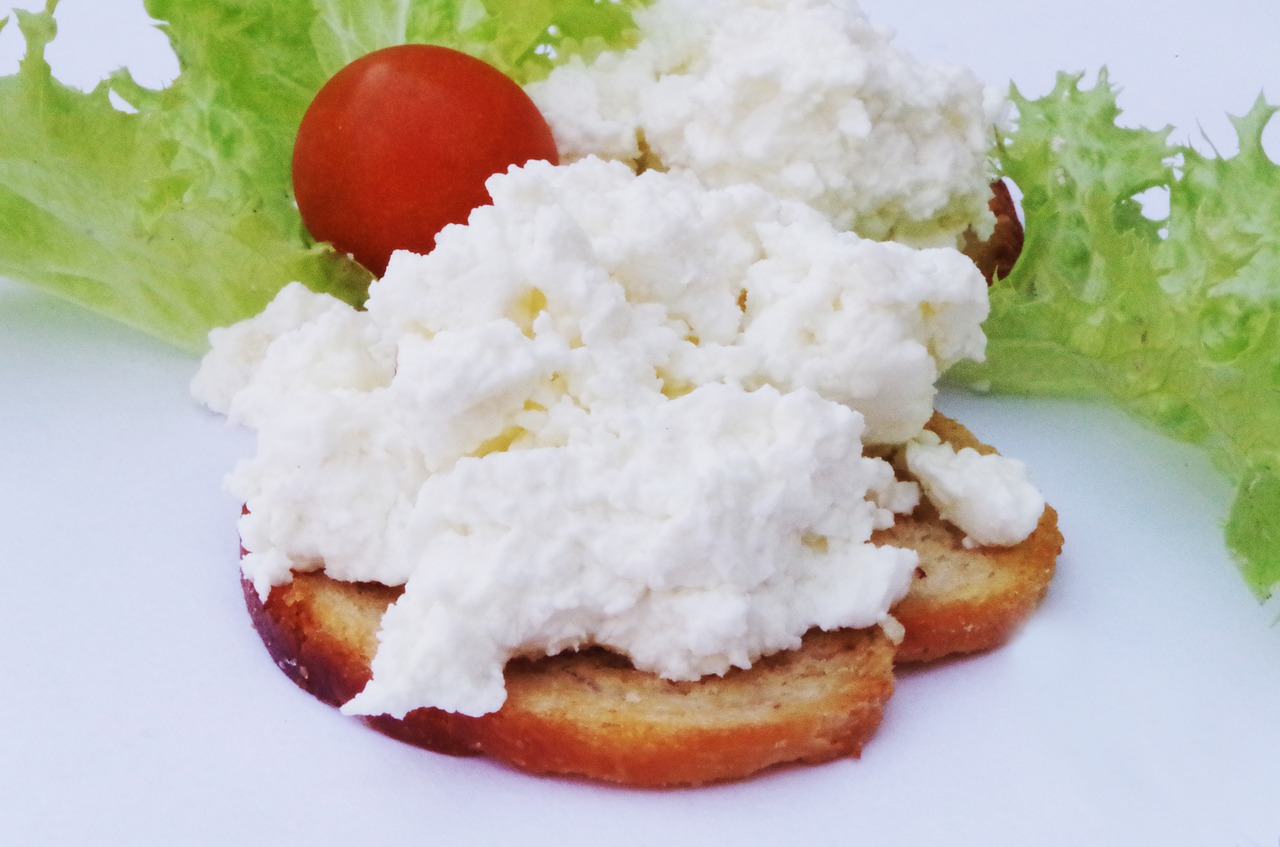Yogurt and Curd Explained
Is curd a yogurt? Since dairy products are all produced from the same raw material, milk, there is always plenty of confusion as to what exactly you’re using since they are all quite similar. The first thing on today’s agenda is to explain the difference between yogurt and curd. In many countries, curd and yogurt are considered the same. However, if you look more closely, they have a key difference. The key difference lies in how these dairy products are made in the first place.
Yogurt (including Greek yogurt) is a fermented dairy product cooked only to a scalding (but not boiling) temperature. The scalding temperature is responsible for denaturing the natural dairy proteins present in milk. Once the yogurt’s desired state is achieved, it is cooled down, and the starter culture or the good bacteria is added to the yogurt.
Two types of bacteria are required to make yogurt – Lactobacillus Bulgaricus and Streptococcus Thermophilus. Manufacturers have different steps, but the basic flow of the yogurt-making process is just two or three steps. Once the yogurt is cooled and the starter culture of bacteria has been added, additional ingredients like sliced, fresh fruits are added to the yogurt.
As for the consistency and thickness of the yogurt, this is highly dependent on the composition of the milk used for making the fermented dairy product in the first place. If the milk has a higher solid content, you can expect the final product to be firmer and thicker.
Manufacturers can make use of additional milk solids to achieve this effect in the final product. Dried milk is a common choice. Solid yogurt products are often eaten out of a cup with a spoon. The liquid versions can be combined with flavorings or juices, plain milk, and sold as a yogurt drink.
Just so there is no confusion, not all yogurts are identical. Pasteurized yogurt doesn’t have any live bacteria in them. This doesn’t mean that the yogurt is bad for you – yogurt is a very healthy food item because it’s still fermented milk. However, if you want to eat more yogurt because of the probiotics’ benefit, pick probiotic yogurt.
The same rule applies when you buy yogurt drinks. Some yogurt drinks are just pasteurized, and therefore, do not contain any additional probiotic benefit. The probiotic ones contain live bacteria (one or two additional ones) that can help with common conditions like diarrhea and constipation.
Now that we know how yogurts are made, let’s head over to curds. Curds are more natural in the sense that they can occur without human intervention. However, for more consistent results (and better flavor), of course, there is an art to making curds. Curd is called yogurt in some places, but there is a distinct difference in how they are made.
For one, curds are made with an acidic substance or rennet added to the milk to curdle or split it. When rennet or any edible acid is added to milk, the milk releases the lactose or sugar content. The resulting curd is lactose-free, making curd an ideal option for people who have lactose intolerance.
This is the same type of curd found in India – the locals call this byproduct of milk Chhena. When a naturally acidic substance is used to make curds, the resulting food doesn’t have lactose. However, if the milk is processed with rennet, the milk is split, but the lactose will bind with the resulting solid particles.
What exactly are curds? Curds are the proteins in the milk that have physically bundled together to form solid parts. Proteins are capable of coagulating or forming solid masses in the right conditions. Curding with rennet can be expanded to producing commercial cheeses like cheddar cheese.
So you might be wondering – if curds are eventually turned to cheese, then they have to be closer to cheese than yogurt, right? The answer is yes, you are right. Curds are a few steps away from becoming commercial cheese. In some countries, curds are already considered complete cheese.
When you see cheese marked as “soft cheese” or “farmer’s cheese,” that’s usually a curd. In places like Canada, they make it a point to call the product “cheese curd.” Cheese curds are added to fries and other foodstuffs dripping with gravy because the consistency is just right, and the flavors are certainly delightful.
Which is Better, Yogurt or Curd?
Nutritionally speaking, yogurt is superior to curds because it can contain twice as much protein and fat as curds. Additionally, yogurts can be boosted with live lactobacilli that are beneficial for the body. Curds do not have the same live bacterial flora, so there is not much comparison when it comes to probiotics, as curds are not probiotic.
Additionally, curds are not fermented at the outset because it makes the protein coagulate and split from the whey component is rennet or acids like lemon juice. The milk is warmed to a scalding temperature that doesn’t kill the two bacterial strains needed to make the yogurt appear with yogurt. Even in terms of method, these two dairy products are very far apart.
Is Greek Yogurt and Curd the Same?
Greek yogurt is comparable in taste to curd, but these two are not the same. Greek yogurt tends to be thicker than regular yogurt and often has a more natural and sourer flavor.
However, the sourness, or the bite, is completely natural. Any sourness tasted in curd is due to the addition of rennet or a natural acid catalyst that makes the natural proteins in the milk combine in such a way that you have solid masses immediately. You can still eat lactose-free yogurt or shift to curds so you can avoid the dreaded lactose.
The great news here is that yogurt is a type of fermented food that can sometimes ease lactose intolerance symptoms, like bloating and constipation.

